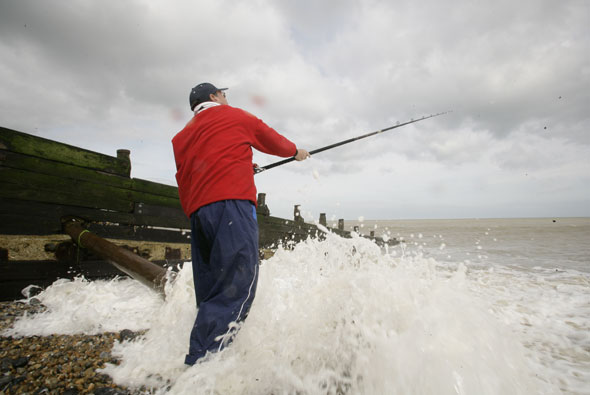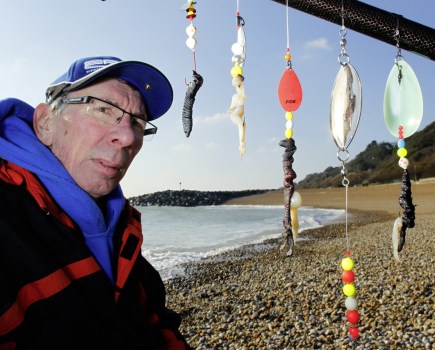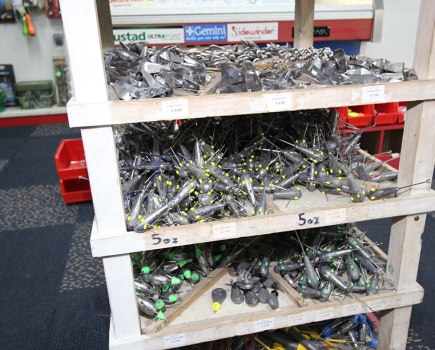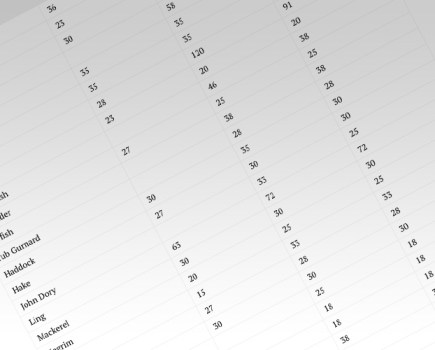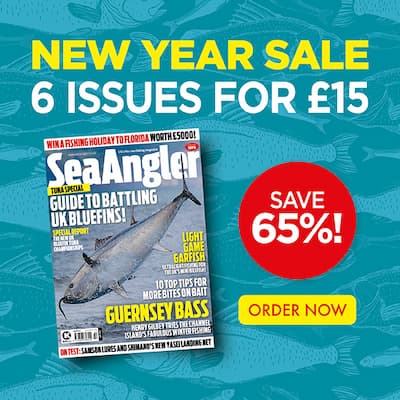Groynes are natural fish-holding and feeding areas. They can be very productive, says Alan Yates, but they also pose some very special challenges to sea anglers
Sea defences are the hot topic among all coastal communities and are often on the agenda at angling club meetings.
Sea anglers stand and shake their heads as Environment Agency contractors move in with barges carrying many thousands of tons of rock to shore up our coastline.
While this is vital protection work for people living adjacent to the coast, the coastal engineering can often wreck long-established fishing grounds and then present a whole new raft of angling challenges.
Groynes come in all shapes and sizes, ranging from primitive rows of wooden stakes to elaborate wooden and metal structures and, more recently, huge boulders or pre-cast concrete shapes called accropodes, dumped from an enormous barge.
Sea anglers have lost sections of shoreline simply because where coastal erosion is severe engineers did not factor in angling access, only the protection of life and property.
Consequently there are lots of boulder-strewn, no-go angling regions, and nowhere is immune to the effects of these boulders and beach infills.
On the positive side there are many new angling vantage points, and in some cases the new sea defences have improved venues. So it is not all doom and gloom because groynes are a shoreline feature that actually improve the fishing, not ruin it.
Fish downtide of any obstacles How to avoid snagging your rig
Fishing close to a groyne poses a few basic problems and the most obvious is keeping your tackle away from it.
To get the best from a groyne you need to fish on the downtide side – fish uptide and your gear is likely to get pushed against the structure by the tide. When a fish is hooked in the tide, the fish will dislodge the rig that will then be pushed downtide, away from the obstruction.
A wired grip lead is key to successful fishing at groynes because it will allow you to anchor your baited rig close to the groyne end where the fish will be feeding or passing through. Casting accuracy is essential because you need to fish tight to the groyne but not keep casting over it, which will result in tackle losses.
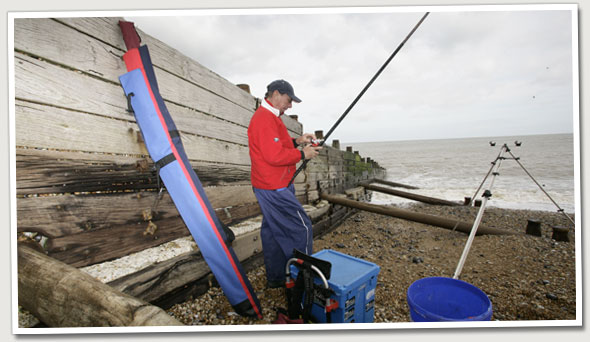
Wooden or metal variations Check for obstacles at low water
These groynes come in many shapes, lengths and designs ranging from the boarded groyne to the zigzag planked, or even those angled across the shore to stop shingle shifting in the tide.
If you arrive on a strange venue at high tide and fish near a wooden or metal groyne, be aware that it could have a box or basket on its end or legs that stretch out from each side of the obstacle.
If you can cast further than the end of the groyne you must cast uptide over it, letting the tide put a bow in your line so that it avoids the groyne. This is the most productive method of fishing groynes.
On some venues the battered remains of old groynes are a threat to tackle – one good reason for checking out the beach at low water before you fish.
Look for a hotspot Locate the important feeding routes
Some groynes are more productive than others – a long wooden structure among short ones is always a favourite for action and it is not hard to understand why. Not only may it trap food in the tide, but the fish also get used to swimming around it.
Fish travel their feeding route regularly in the tide and, like animals on land, have set trails – and these includes swim paths that extend out past the longest groyne.
This can also produce dead spots where there are few fish, so fishing among groynes can on occasions be slow if you fish in the wrong place.
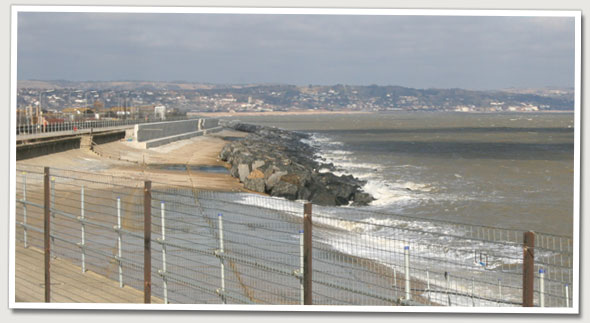
Rock structures The reason they create bass hot spots
Modern boulder groynes may be difficult and dangerous to walk on in some cases, but because the water runs through them they generate a habitat for various species, as well as producing an oxygenated, surfy swell.
Many such structures have become bass hot spots because of this. Always beware of the rocks when they are wet, because they can be treacherous and the green weed on the section covered by the sea is highly dangerous.
Why you should fish near groynes Make the funnel effect work for you
The biggest advantage of fishing at the end of a groyne is that most species swim around the obstacle to get past it.
Whether they are travelling with the tide or against it, this will funnel them around the end and you should target it as the hot spot.
Wave action also produces a gulley or bank at the end of most groynes and this is a natural place for food to collect, especially during or after an onshore gale.
A series of groynes tend to fish best when they are covered with water over high tide when a strong flow is running.
The turbulence of the tide oxygenates the water, disturbing marine life and attracting fish to the area, very similar to a wreck on the sea bed.
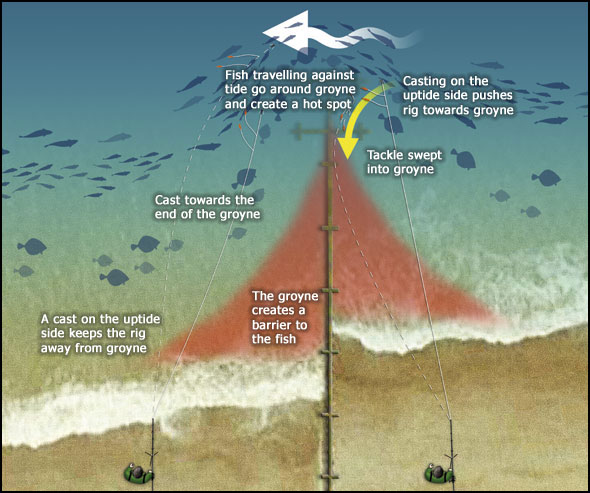
TOP GROYNE TIPS
■ Beware of walking over green slime-covered rocks. You could slip and end up trapped between the rocks or accropodes.
■ If the rocks are slippery and you are keen to fish the mark, scatter sand over them to get a better foothold.
■ If you lose any tackle on a groyne, wait until low water. Some sea anglers even wait until a low spring tide and then go out on a tackle hunt.
■ The end of many beach groynes marks the line where shingle changes to sand or the gutter, and this can prove the best place to fish.
■ A rod tripod will help keep the line higher and away from the groyne when casting uptide over and past a groyne end. Fit rubber caps to make the tripod stable.
■ Small wooden groynes in shallow estuary regions are the ideal place to search for peeler crabs that bury themselves in the sand and mud at the groyne’s base. Search on the warmest, sheltered sides of the groyne.
■ Ever thought of hanging a mesh bag filled with groundbait from the end of a groyne before the tide comes in?
